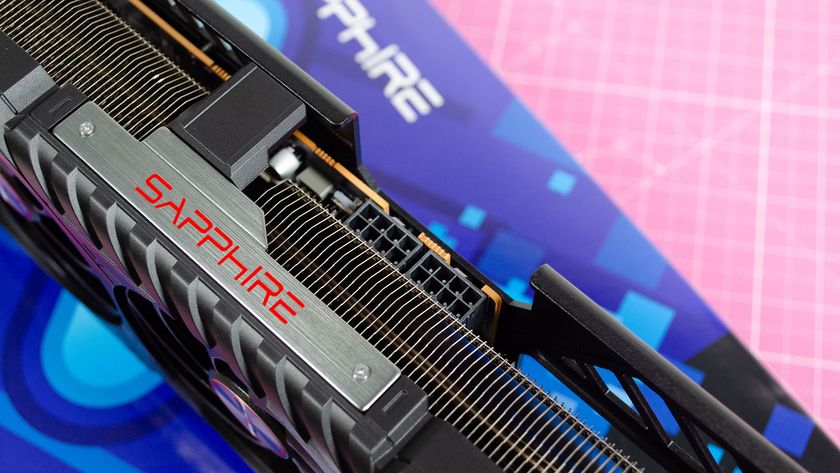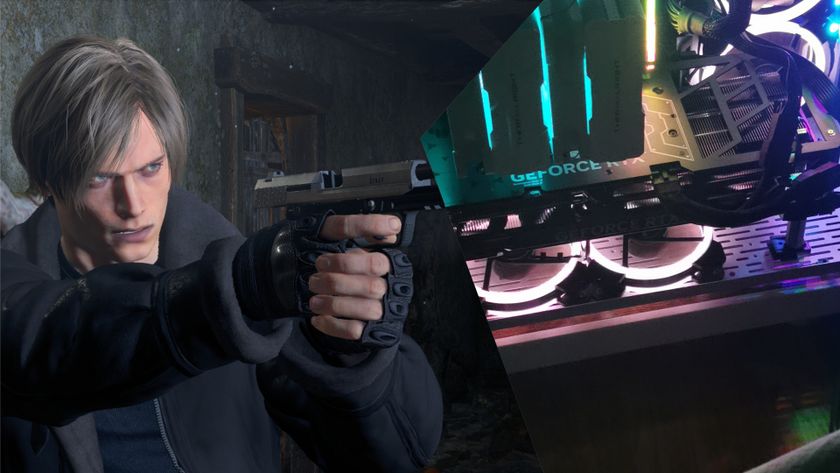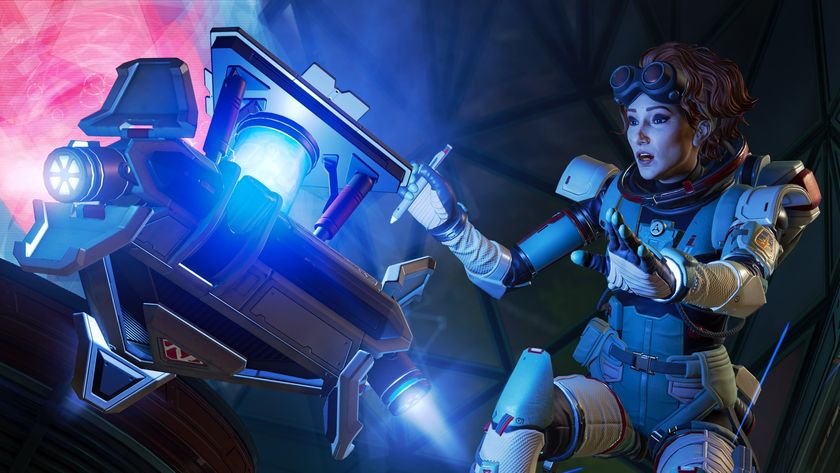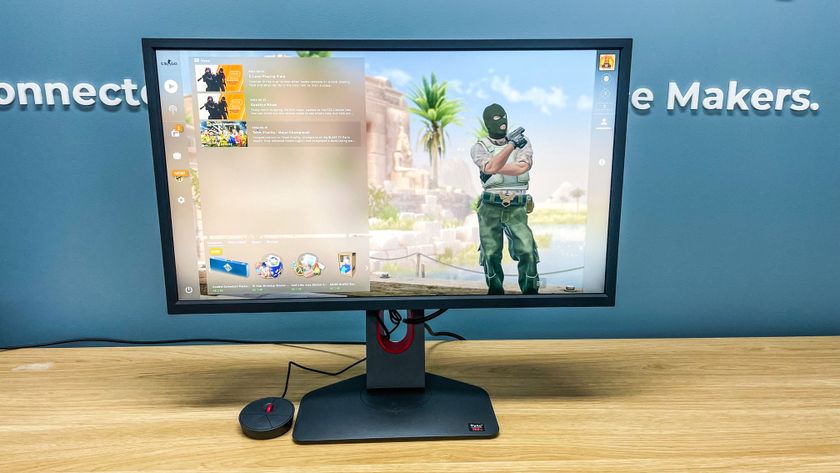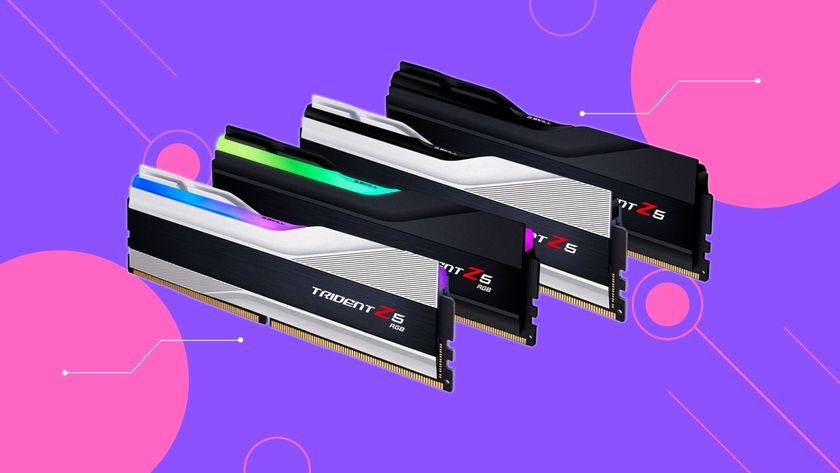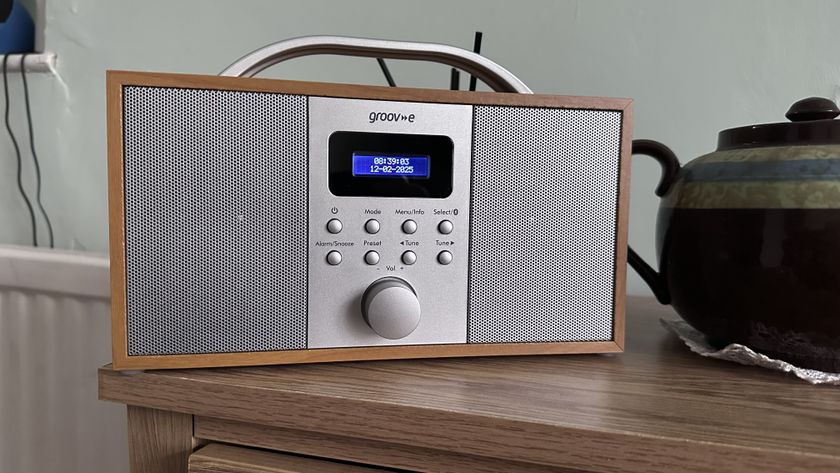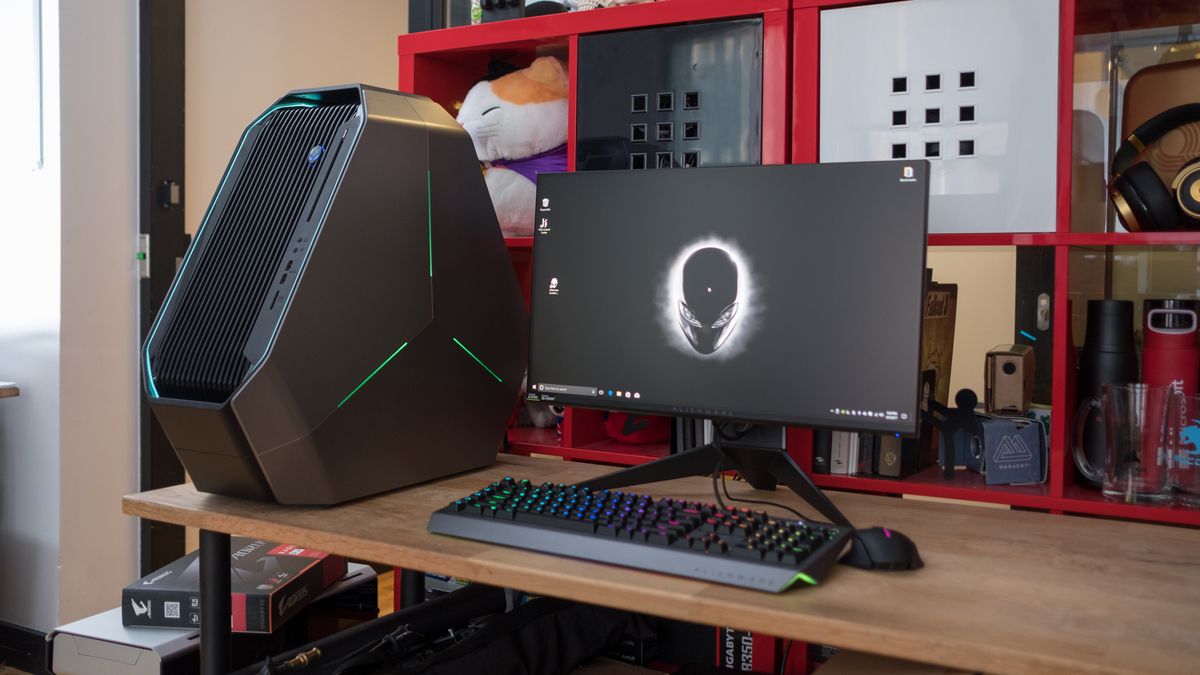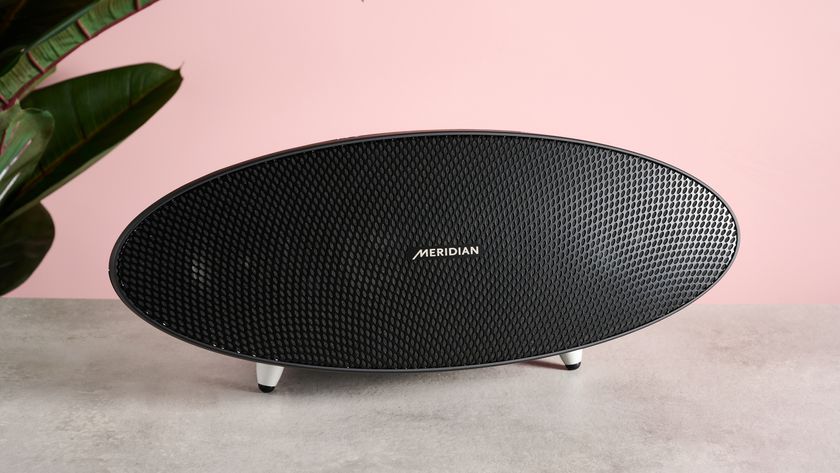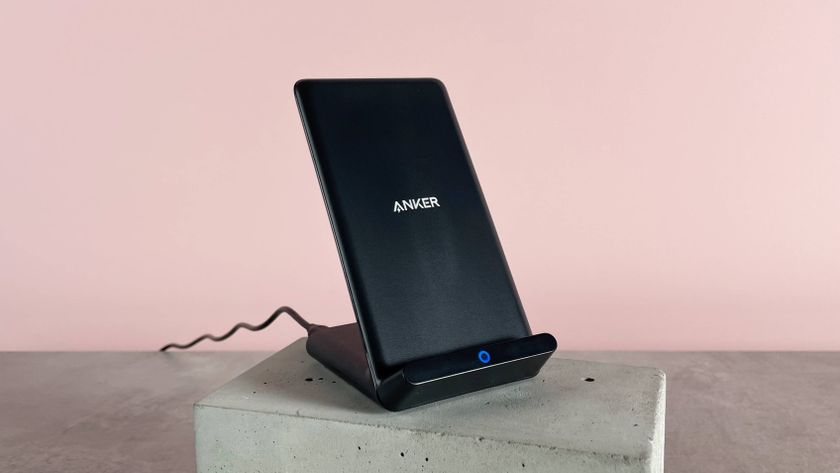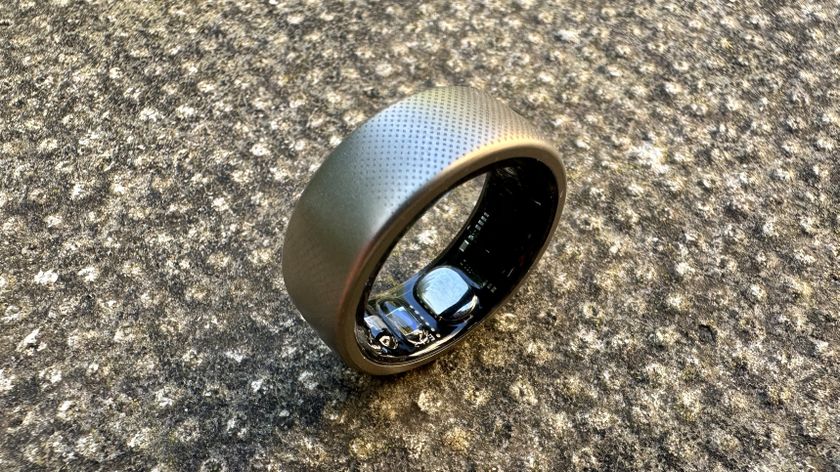TechRadar Verdict
The Alienware Area 51 Threadripper Edition is unquestionably the most powerful gaming PC out there, but most won’t need – or be able to afford – its overwhelming performance.
Pros
- +
So much space for activities
- +
Record-breaking benchmark results
- +
Designed for mega-tasking
Cons
- -
Absolutely massive
- -
Absurdly expensive
Why you can trust TechRadar
The Alienware Area 51 has always been a larger-than-life gaming desktop, but this year it will be the only pre-built PC to feature AMD’s new Threadripper processors. That basically means Alienware will be the only major hardware maker with exclusive access to the AMD Ryzen Threadripper 1950X and all of the company’s other high-core count CPUs.
Not Lenovo, Asus, MSI, Gigabyte, Apple or another other major computer company. Only Alienware.
Of course, you’ll still be able to pick up a Threadripper processor at computer stores, and this agreement doesn’t include boutique system-builders like Origin PC in the US or Overclockers in the UK. Exclusivity aside, Threadripper is the ultimate upgrade for the Alienware Area 51 for content creators and gamers alike; however, all this overwhelming power will cost you dearly.






Here is the Alienware Area 51 configuration sent to TechRadar for review:
CPU: 3.4GHz AMD Ryzen Threadripper 1950X (16-core, 32MB cache, up to 4.2GHz)
Graphics: Nvidia GTX 1080 Ti
RAM: 32GB (DDR4 2,667MHz)
Motherboard: AMD X399
Power Supply: Alienware 1500 watt 80-plus Gold
Storage: 256GB SSD, 2TB HDD (7,200 rpm)
Optical drive: Tray-loading dual-layer Blu-ray reader
Ports (front): 2 x USB 3.1 Gen. 1 Type-A, 1 x USB 3.1 Type-C, headphone jack, microphone jack, SD card reader
Ports (rear): 6 x USB 3.1 Gen. 1 Type-A, 1 x USB 3.1 Gen. 2 Type-A, 1 x USB 3.1 Gen. 2 Type-C, 2 x USB 2.0, 3 x DisplayPort, HDMI, optical audio out, surround sound audio jacks
Connectivity: Dell 1820 802.11ac 2x2 WiFi, Bluetooth 4.1
Operating system: Windows 10
Weight: 61.73 pounds (28kg)
Size: 10.7 x 25.2 x 22.4 inches (27.2 x 63.9 x 56.9cm; W x D x H)
Pricing and availability
The price of our review unit is $4,129 (about £3,175, AU$5,225).
Now that you’ve had a moment to let that sink in, we can confirm that this is a really, really expensive desktop. Even if we were to factor out the $999 (£999, AU$1,439) price of the Threadripper 1950X and $699 (£689, AU$1,099) Nvidia GTX 1080 Ti Founders Edition, the cost of the basic shell and other components would be around $2,000, which should look preposterous if you’re familiar with building systems on your own.
Of course, the materials, labor and engineering it took to make the Alienware Area 51 play into the price. If you’re looking to push the full might of AMD’s flagship enthusiast processor we'd suggest going with the same specifications as our review unit.
The starting configuration for an Area 51 Threadripper Edition is honestly terrible for its $2,999 (about £2,310, AU$3,795) price. At this level, the system comes with the same CPU but limits the rest of the components to a Nvidia GTX 1060 with 6GB of VRAM, 8GB of RAM and a 2TB hard drive.
If you’re set on sticking with Intel, configurations start at $1,699 or £1,499 with an Intel Core i7-6800K, AMD Radeon RX 560 2GB of VRAM, 8GB of RAM and a 2TB HDD. In Australia the AU$2,999 base model comes with an Nvidia GTX 1050 Ti with 2GB of VRAM for its graphics card solution. From there, users can upgrade to last-generation Broadwell Extreme processors; however, Alienware has announced that it will introduce Intel Core X-powered models in the near future.
With Alienware holding the exclusive rights to Threadripper, there aren’t any pre-built systems we can compare in price here. However, if you’re looking to get a custom PC from system builders, you can expect to spend about the same amount of money as you would on the Area 51.
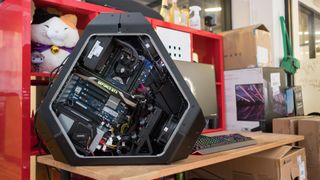
Design
Alienware's triad-design for the Area 51 hasn’t changed much since it was first introduced in 2014, but it hasn’t gotten stale either. No company has tried to introduce an even more outlandish PC – and that’s including the HP Omen X, which is a cuboid desktop that stands on an edge.
Although the Area 51 isn’t as large as some dual-system cases like the EVGA DG-87 or Cooler Master’s revived Cosmos II 25th Anniversary Edition, we wouldn’t call Alienware’s flagship desktop small either. From the sheer 61.73lb (28kg) weight of the Area 51’s empty chassis to its side panels that could double as heat shields, everything about this desktop is big.
Of course, this big brute is clever as well. The Area 51 pitches all the components inside at a 45-degree angle to increase airflow. This allows the system to directly pull air towards the CPU liquid-cooler, as well pushing it directly to the GPU(s) blower-style fan.
Best of all, you won’t really have to worry about ground clearance or putting a board on your carpet, as the power supply and other fans aren’t positioned on the desktop’s bottom panel.
Upgradability
Like the Alienware Aurora R5, upgrading the Area 51 is a practically tool-less affair. To upgrade the graphics card or add a second one, all users have to do is pull the lock on the expansion slots and twist a few thumbscrews on the GPU support bracket. Storage slots in, memory plugs in easily and even the water-cooling bracket features thumbscrews.
The only thing you’ll really need a screwdriver for is changing out the power supply, which shouldn’t be an issue for those who splurged on the excessive 1,500-watt PSU.



Here’s how the Alienware Area 51 performed in our suite of benchmark tests:
3DMark: Sky Diver: 48,500; Fire Strike: 21,661; Time Spy: 9,273
Cinebench CPU: 2994 points; Graphics: 118 fps
GeekBench: 4,390 (single-core); 30,434 (multi-core)
PCMark 8 (Home Test): 3,888 points
Total War: Warhammer (1080p, Ultra): 100; (1080p, Low): 236 fps
Deus Ex: Mankind Divided (1080p, Ultra): 28 fps; (1080p, Low): 117 fps
Game Mode testing
3DMark: Sky Diver: 39,619; Fire Strike: 18,324; Time Spy: 9,048
Cinebench CPU: 1,589 points; Graphics: 94 fps
GeekBench: 4,464 (single-core); 24,163 (multi-core)
PCMark 8 (Home Test): 4,065 points
Total War: Warhammer (1080p, Ultra): 110 fps; (1080p, Low): 265 fps
Deus Ex: Mankind Divided (1080p, Ultra): 28 fps; (1080p, Low): 128 fps
Performance
The Area 51’s 16-core AMD Ryzen Threadripper 1950X isn’t just there for show, it puts in work. Given that this processor has four times the number of cores of every single pre-built PC we’ve tested before, it’s the most powerful computer we’ve ever tested.
Compared to the Corsair One and MSI Aegis 3, running the latest quad-core, seventh-generation Intel processors, the Area 51 blows them out of the water with much higher benchmark scores and in-game frame-rate counts.
The Origin Millennium fares better thanks to its last-generation Intel Core i7-6850K Extreme processor, and even manages to beat the Area 51 in the graphically-intensive benchmarks – but that’s more due to having two Nvidia GTX 1080 GPUs in SLI.
While the Threadripper 1950X brings plenty of power, you should be mindful of what mode the processor is in.
As discussed in our review of the processor, AMD’s flagship chip can be set to a Creative or Game Mode. The latter shuts off half of the CPU’s cores and switches to a more traditional memory access protocol for higher in-game frame rates. However, in our testing of both the processor and this gaming PC, we found Game Mode brought a negligible performance increase to anything but real-time strategy games.
Outside of benchmarks, the Alienware Area 51 is an exceptionally capable gaming PC. It tackled all our needs for editing images, videos and of course gaming. We were able to play Battlefield 1 at 4K with ultra settings, and take in the beautifully rendered world at war without any frame rate hitches whatsoever. We couldn’t say the same about cranking everything up in Rise of the Tomb Raider, which sat around 27fps at 4K and 58fps at 1440p.
So performance will vary between games, but with a few tweaks you should get a playable experience with everything.
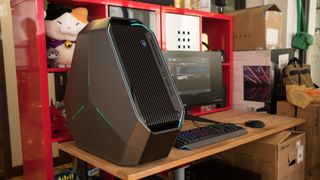
Final verdict
The Alienware Area 51 Threadripper Edition is unquestionably the most powerful gaming PC we’ve ever reviewed. However, given the expense and complicated nature of the AMD Ryzen Threadripper 1950X, this desktop isn’t for everyone.
Gamers looking to become the next YouTube or Twitch star will benefit most from a rig like this, especially if they feel they don’t have the know-how to build it themselves. Threadripper was designed for the most intensive of mega-tasking, and whether you’re playing, recording, streaming or encoding video, this rig can handle all these things, and all at the same time.
The Threadripper Edition aside, the Area 51 is one impressively designed and customizable PC platform – albeit an expensive one. There aren’t many other pre-built gaming PCs that are nearly as cool or easily expandable as this, and for those reasons it's well worth checking out.
Kevin Lee was a former computing reporter at TechRadar. Kevin is now the SEO Updates Editor at IGN based in New York. He handles all of the best of tech buying guides while also dipping his hand in the entertainment and games evergreen content. Kevin has over eight years of experience in the tech and games publications with previous bylines at Polygon, PC World, and more. Outside of work, Kevin is major movie buff of cult and bad films. He also regularly plays flight & space sim and racing games. IRL he's a fan of archery, axe throwing, and board games.
